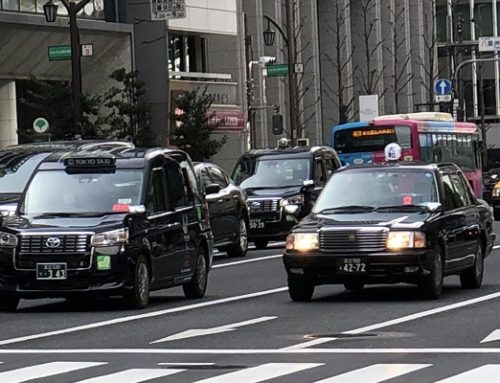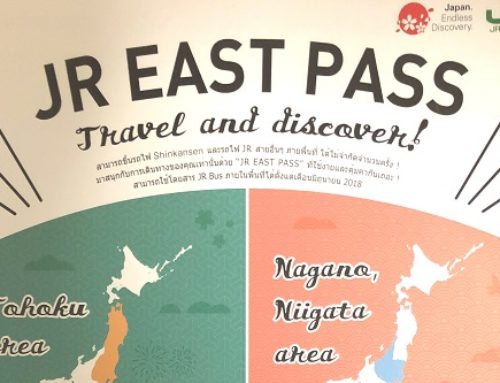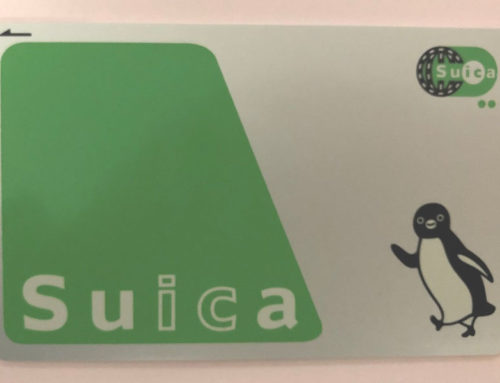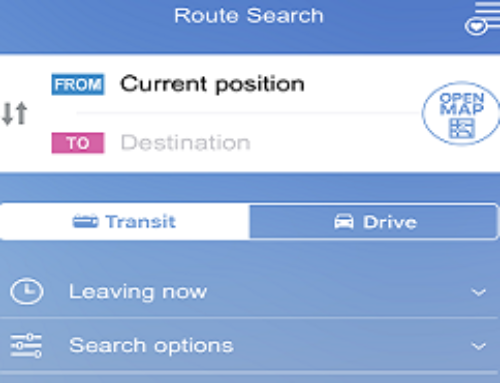When you ask the way, you have to say the name of the place or the name of station. It’s desirable to be able to read the name of the station when you look at the route map of railways and/or subways.
Here I present you how to read the Rōma-ji [ro:madʒi], or representation of Japanese by alphabet. There are several ways of writing in Rōma-ji. I introduce you the most popular way of writing in Rōma-ji.
Vowels and consonants in Japanese
Vowels
In Japanese, there are only five vowels. In principle, there is no diphthong. Vowels are all monophthongs.
- “a” is pronounced like first vowel in “ice”.
- “i” is pronounced like vowel in “it”.
- “u” is pronounced like vowel in “book”.
- “e” is pronounced like first vowel in “care”.
- “o” is pronounced like first vowel in “oval”.
Consonants
Consonants are always followed by vowel except “m”, “n” and several consonants.
- “s” is always pronounced like [s] in “spring”.
- “z” is always pronounced like [z] in “zip”.
Be careful, Spanish speaker, “z” is not pronounced like in “plaza”. - “y” is pronounced like [j] in “you”.
Be careful, Spanish speaker, “y” is not pronounced like in “yerba” - “sh” is pronounced like first consonant in “ship”.
- “ch” is always pronounced like first consonant in “chapter”.
Be careful, French speaker, “ch” is not pronounced like in “choix”.
Be careful, Italian speaker, “ch” is not pronounced like in “amiche” or in “chiaro”. - “ts” is pronounced like second consonant in “cats”.
- “j” is always pronounced like first consonant in “judge”.
- “g” is always pronounced like first consonant in “get”.
Be careful, Spanish speaker, “g” is not pronounced like in “gente”.
Be careful, French speaker, “g” is not pronounced like in “manger”.
Be careful, Italian speaker, “g” is not pronounced like in “gene” or in “giacca”. - “h” is pronounced like [h] in “hot”.
And be careful, Spanish, French, Italian speaker, consonant [h] is always pronounced when “h” is used.
In principle, Japanese don’t put accent on any vowel in word. So, Japanese words are pronounced flatly.
Examples of the names of stations
Here are some examples of the names of stations.
Shinjuku (here, “n” is followed by consonant letter “j” – the exception of the rule “Consonants are always followed by vowel”)
Shimbashi (here, “m” is followed by consonant letter “b” – another example of the exception of the rule “Consonants are always followed by vowel”)
Shibuya
Ginza
Akihabara
Tsukiji
Special representations of Rōma-ji
Over bar
Over bar with vowels represents prolonged pronunciation of vowel or diphthong.
Look at “Rōma-ji”, here ō is pronounced like [o:] or [ou].
It is common to write “Tokyo” but Japanese pronounce it as [to:kjo:] or [toukjou]. So, it is better to write “Tōkyō”. But both expressions ,“Tokyo” and “Tōkyō” are used in Japan.

Station sign board
Above station sign board adopts “Tōkyō”.
You’ll often see police box where two or three police officers stay. On the wall of police box, it is written “KOBAN” but Japanese pronounce it not as [koban] but as [ko:ban] or [kouban]. So, it is better to write “KŌBAN”.
Double consonant letters
Double consonant letters like in “Roppongi” are signs to put very short pose before pronouncing consonant (in this case [p]) or put accent on vowel after consonant (in this case [o] after [p]).

Shinkansen board
At the bottom of above picture, you’d find out the expression “Hokkaidō”.
Exception of double consonant letters: -nn-

Kannai
Upper left of above picture you can read “for Kamata & Kannai”. Pay attention to “Kannai”. Here, first n is pronounced, then second n is pronounced with following vowel a. So we read this word as [kannai].
When two letters represent consonant like “ch” or “sh”, instead of repeating ch or sh, we put “t” before “ch”, put “s” before “sh”.
Example is “itchōme” in station name of “Aoyama-itchōme”






Leave A Comment